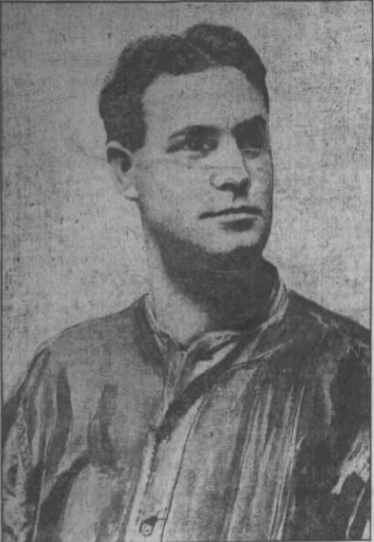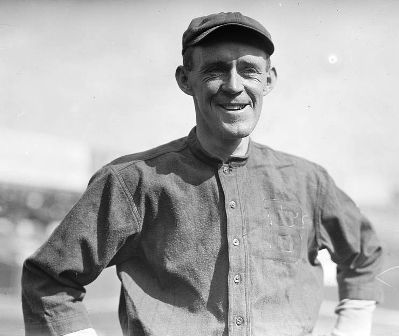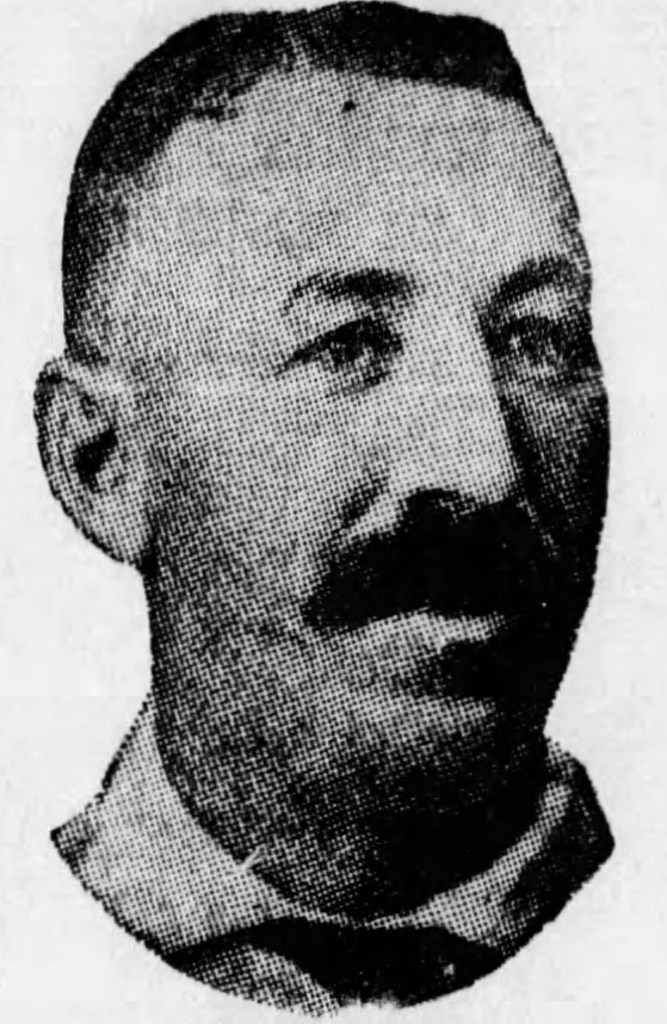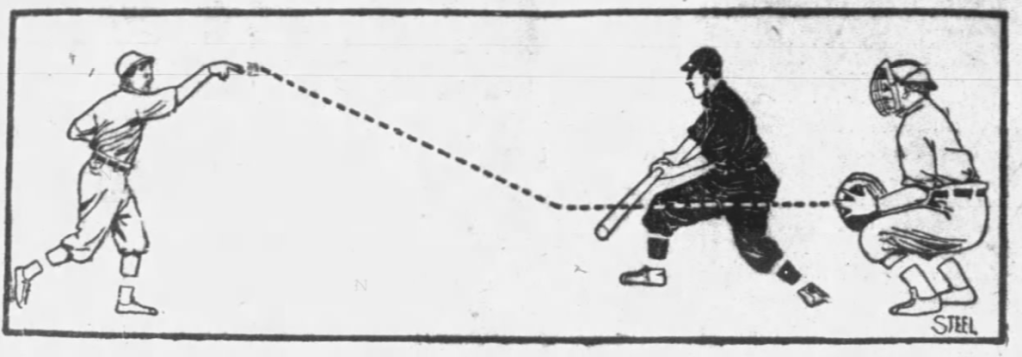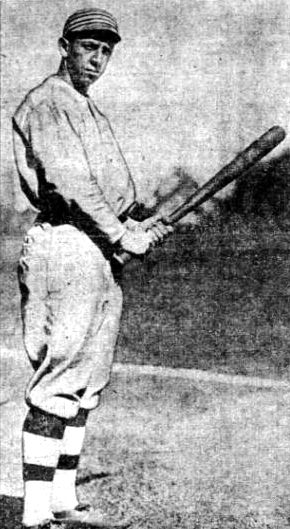John McGraw told The New York Mail before the 1911 season that only larger pitchers would succeed moving forward:
“You, Know, the time has come in baseball when the pitcher of small stature will have little chance of making the big league. The constant use of the arm in pitching has a wearing effect upon the system and only the big man can stand it. Whenever you see a small pitcher who is a success you will find that he is abnormally developed.”
McGraw made the comment when it was announced that Ed Hendricks and Jeff Tesreau would join the Giants in the spring in Marlin, Texas.
“Tessereau [sic] is a right-hander, who gives promise of being a wonder, and Hendricks, who is a left-hander and pitched two or three games [sic, four] late in the season, showed that he had in him the element of a good slabman. Both of these men are over six-feet tall and when in condition will weigh close to 200 pounds.”
The paper noted both were, “(L)arger than Mathewson, and Matty is a big fellow himself.”
McGraw said managers had “so many pitchers to look over these days,” that they “naturally look at the men of huge stature first.”
If two pitchers were of seemingly equal ability, he said, “the large man will always be given first chance.,” and that “not one small pitcher out of a hundred makes good.” So unlikely was a small pitcher to make good, McGraw said, “that it is not worthwhile to locate a star, in the future we must get our pitching material from big men.”
Neither the 6’ 2” Tesreau and 6’ 3” Hendricks went north with the Giants in 1911—three of the ten pitchers who appeared in games for New York that season were under six-feet tall.
The Benton Harbor Herald-Palladium said the Michigan native left the Giants in Marlin during the spring of 1911 for, “a business deal on which is responsible for him quitting league ball.”
Hendricks spent 1911 pitching for a Benton Harbor based club that barnstormed the West, and told The Butte Daily Post that he jumped the Giants after McGraw had assured him he would make the club, then later told him he was being sent to Joe McGinnity’s Newark Indians in the International League:
“I made good, according to his own words, and am told I am a fixture. Then McGraw, just to be a good fellow, wants to give me to McGinnity… McGinnity was hard up for and he said it would be only for a few months then he would jerk me back to the big show. Immediately I informed McGraw I would rather pitch for Benton Harbor and conduct some business.”
Hendricks assured the Butte reporter he was simply “on a vacation,” and would return to the Giants at some point; he never played another professional game.
Tesreau fared better. After spending 1911 with the Toronto Maple Leafs in the Eastern League, he joined the Giants in 1912 and won 119 games for the New York through 1918.


